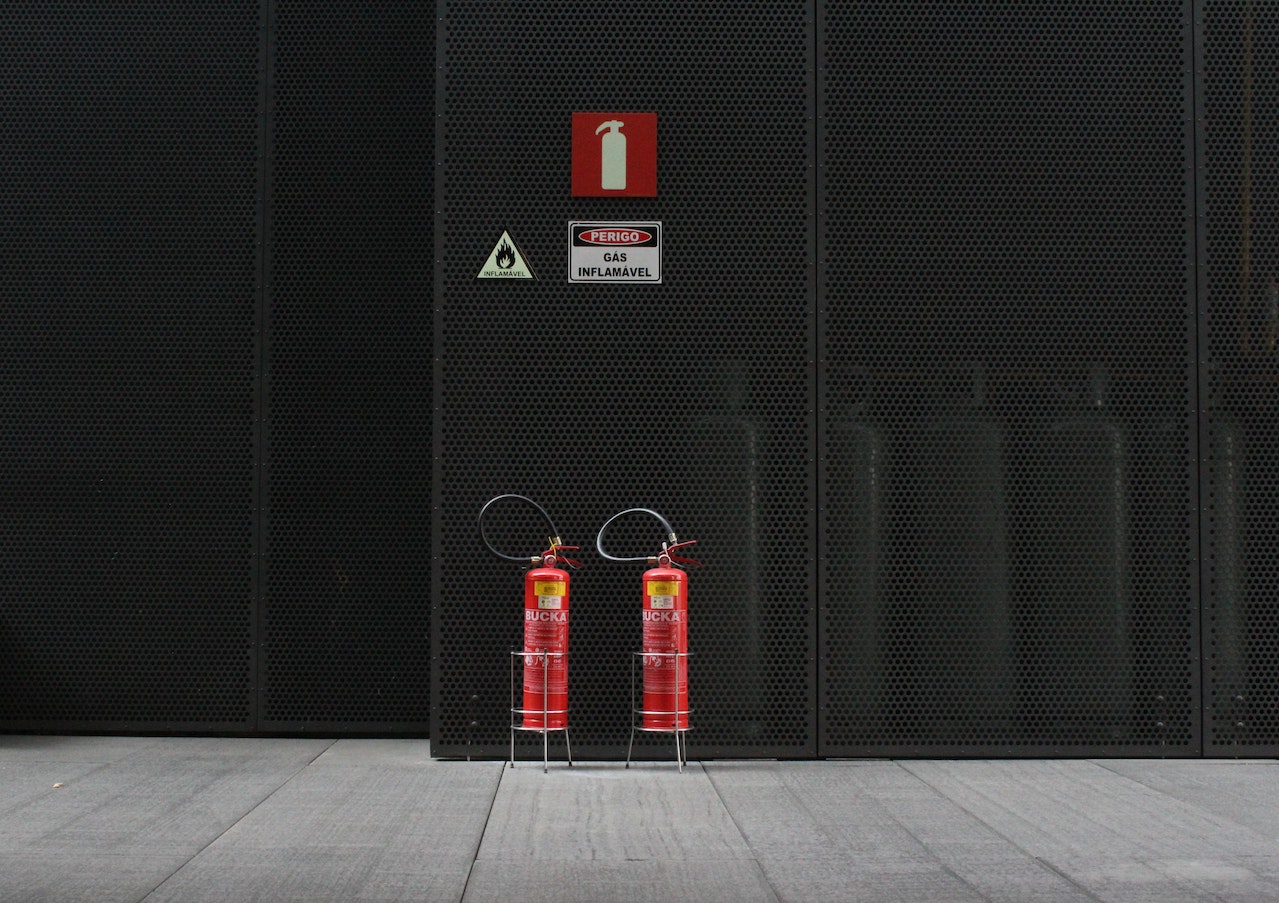Cinematic techniques can bring your videos to life, making them more interesting and engaging. They can also help your content look more professional and polished.
Whether it’s having a character run across the ceiling or making hair appear to grow, filmmakers use many techniques to sell the illusion of reality. RocketJump Film School explains the secrets behind some of cinema’s most iconic tricks.
Lighting
Cinematic lighting is an essential element in a video production. It sets the mood of your scene and can make people appear happy, sad, evil or beautiful. It also adds a sense of depth to a flat plane and allows you to tell a story. Understanding the basic principles of lighting, such as directional lighting, three point lighting, and contrast, will help you create a more cinematic look for your videos.
There are several different lighting techniques that you can use in your videos, but the most important is three-point lighting. This technique uses a key light, fill light and backlight to illuminate your subject and reduce shadows. The key light is the most intense light in your shot and will usually be the first light you set up. It should be placed close to your subject and hit them at a fairly steep angle.
The fill light is a light that is half as bright as the key light, and it helps to eliminate the shadows from your subject’s face and body. It is important to get the ratio of the key and fill light right, as too much fill light can make your subject look flat.
A backlight is a light that lights up the back of your subject, which gives them a halo effect and separates them from the background. It is also important to get the ratio of the key and backlights right. The key light should be positioned above the backlight, and the backlight should be below the key light.
Another important lighting technique is soft lighting, which eliminates shadows altogether and is typically used to highlight a person’s face or a subject. This type of lighting is often preferred when creating beauty or fashion videos, as it creates a more natural and ethereal look. However, soft lighting can also be used to create a dramatic or suspenseful video, which gives you more flexibility in post-production to adjust the exposure, contrast and colors of your footage. You can also experiment with other lighting techniques, such as motivated lighting and practicals, to create a unique look for your videos.
Camera Angles
Filmmakers have many tools at their disposal to amplify the emotions of a scene, but perhaps one of the most powerful comes from the camera angles used. When utilized properly, a camera angle can transform the audience’s view of characters or even make them feel like they are being pulled into a story.
While it is important to have a clear idea of your intended narrative, camera shots should be used as tools for storytelling and not as mere backdrops. The right camera angles can help you shape how the audience feels about your characters, turning them into lovable friends or menacing monsters.
The main camera angles to be aware of when starting out are wide, medium and close-up shots. These are the most common camera angles that can be used to add context and depth to your video, making it easier for the viewer to follow your narrative. A wide shot is a broad view of the subject or location that gives the viewer a sense of scale and can be helpful in giving them an overview of the setting before diving into more specific details.
A medium shot is a close-up of the subject or character, which can be more intimate and focused on details. A medium close-up can also be used to show emotion or reveal a character’s facial expressions. A close-up is the most focused type of camera shot and can be used to create a feeling of intimacy between your viewers and your subjects.
Another useful camera angle is a high angle, which shows the subject from above the eye level. This can be a powerful tool for establishing feelings of vulnerability, weakness or powerlessness in a character. Film-makers such as Alfred Hitchcock are known to have used this technique to create tension and fear in the audience.
Another useful camera angle is the point-of-view shot, which gives the viewer the sensation of being inside a character’s head. This can be used to create a feeling of intensity and immediacy for the audience, as well as to showcase a character’s strength or power struggle against an antagonist.
Music

Music is a powerful tool that can add emotion to your video and amplify the emotions your viewers are feeling. If used correctly, music can also create a narrative or mood for your video. It’s important to consider what kind of mood you want to create at specific points in your video and use the music that best suits those moments. Create a testimony video with Transcendent Enterprise to make sure that your video is at the best quality!
Whether your video is explaining features or telling a story, the right music will make the difference. For example, if you’re shooting a product demonstration video, it may be best to choose instrumentals rather than songs with lyrics. These can distract your viewer and make them miss the point of what you’re trying to convey. If you’re trying to convey a more dramatic or mysterious mood, you may want to use songs with a more dramatic sound.
Lighting is another factor that can help create a sense of magic in your video. By using natural light from a window or outdoors, you can give your video a more authentic and organic look. However, using natural lighting can be tricky because the sun can be too bright or change direction quickly, making it difficult to get the perfect shot. In these cases, you might need to use artificial lights or even a drone to get the shots you’re looking for.
The composition of your shots is also a key aspect of creating cinematic magic. There are a variety of techniques that cinematographers use to create more captivating images, from the rule of thirds to negative space and the golden ratio. Having an understanding of these techniques can help you craft more compelling footage in post-production.
Color is another important factor when it comes to achieving cinematic magic in your video production. The way that directors like Stanley Kubrick and David Fincher use color can have a profound effect on the audience’s experience of their films. Understanding the power of hue, saturation, and brightness can help you create more meaningful imagery in your videos.
It’s never been easier to turn your videos into movie magic. With iMovie on your Mac, you can edit video on the go and create stunning cinema-quality movies. And with Magic Movie and Storyboards on iPhone or iPad, you can instantly make styled and edited videos—complete with titles and music—in just a few taps.
Movement
The use of camera movements can be a powerful tool for elevating the dramatic tension in your video, adding movement and energy to a scene, or even drawing the viewer into the action. In fact, if you look at the history of cinema, you can see how effects have evolved to create truly magical experiences. But how do you create this kind of magic in your own video production?
The first step in the process is pre-production. This stage includes planning, research, problem-solving, and organizing to get the video project on the right track for success. It also includes creating a shot list, which is a detailed breakdown of the types of shots needed to capture the desired video.
During this phase, it is important to have both the director and the videographer on board, so they can work together to find the best possible locations and shots. This is also a great time to brainstorm ideas and discuss potential challenges that may arise during the filming of your video.
Once your shoot is complete, it’s time for post-production. This is where the true magic happens. Here, the videographer will edit your footage into a cohesive and captivating video that tells a story that grabs the audience’s attention. This is the perfect time to incorporate any music or text elements that will help to further enhance your video and make it stand out from the competition.
In addition to cutting and editing, there is a variety of other important tasks that must be completed during this phase, including color correction and audio recording. The final product will be a polished, professional video that your audience will want to watch again and again.
A pan is a camera movement that sweeps horizontally from left to right or vice versa, allowing you to show your audience the full picture of your scene. You can also use this technique to increase the dramatic tension in your video by slowly revealing information to the audience. Another type of panning is a zoom, which allows you to focus in on a specific object or person within the frame.



















